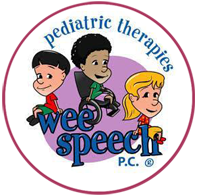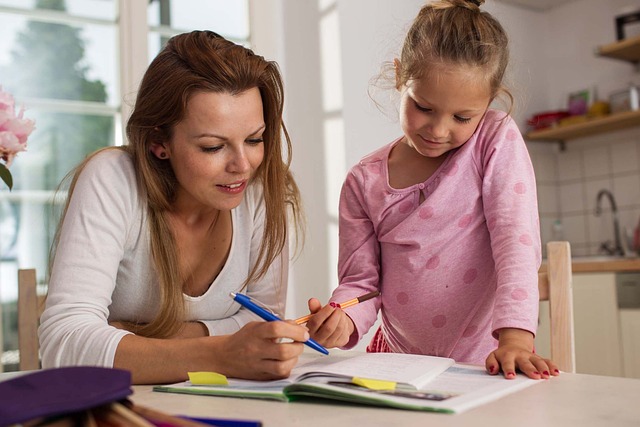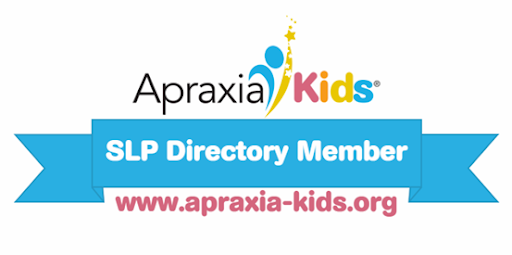Home practice is a crucial component of pediatric speech therapy because it helps reinforce the skills learned in sessions and supports consistent progress outside of therapy. In my opinion, calling it “home practice” instead of “homework” is key in keeping kids motivated and engaged, as it avoids the negative connotations associated with homework. Home practice can be made fun and interactive, turning it into an enjoyable activity rather than a chore. When children feel involved and excited about practicing at home, they are more likely to carry over what they’ve learned and make meaningful improvements. It creates an opportunity for both children and their families to bond, and it helps reinforce the idea that learning is a continuous, fun journey, not just something done in a therapy.
Creative Home Practice Ideas:
-
Articulation Scavenger Hunt: Create a scavenger hunt around the house where kids find objects that start with the target sound. For example, if the goal is the “s” sound, they can find things like “sock,” “spoon,” “sun,” and so on. As they find each object, they can practice saying the word multiple times.
- Articulation Hopscotch: Draw a hopscotch board on the floor with chalk (or use tape indoors). Write target words in each square. As kids hop through, they must say each word out loud before moving to the next square. You can add a twist where they must say the word in a funny voice (like a robot or animal) to make it more fun.
- Story Building with Picture Cards: Use picture cards with various characters, objects, and settings. Have your child select a few cards and then create a story using the images. This promotes vocabulary development, sentence structure, and storytelling skills. You can even add a fun challenge, like incorporating a certain number of words with specific sounds or themes.
- I Spy with My Eye: Play a game of “I Spy,” but with a twist. Instead of just using colors or letters, encourage your child to describe the object using full sentences, adding details like shape, size, or texture. For example, “I spy with my eye something that is round and bouncy.” This builds both vocabulary and sentence formation.
An article in The ASHA Leader emphasizes the importance of home practice and carryover, stating, “The more time clients spend on meaningful treatment tasks, the better their outcomes.” As therapists, it’s crucial for us to provide a supportive framework that makes kids feel comfortable with the material, so they can confidently practice at home. When children are able to practice in a way that feels manageable and enjoyable, they can consistently build on their skills and make steady progress toward their goals.
Citation:
“Maximize Treatment Minutes by Assigning Homework.” Leader Live, 23 Apr. 2015, leader.pubs.asha.org/do/10.
Get a Free Online Assessment
Looking for an expert opinion on your child's needs? Fill out a 3 minute questionnaire and receive a personal evaluation from our staff




